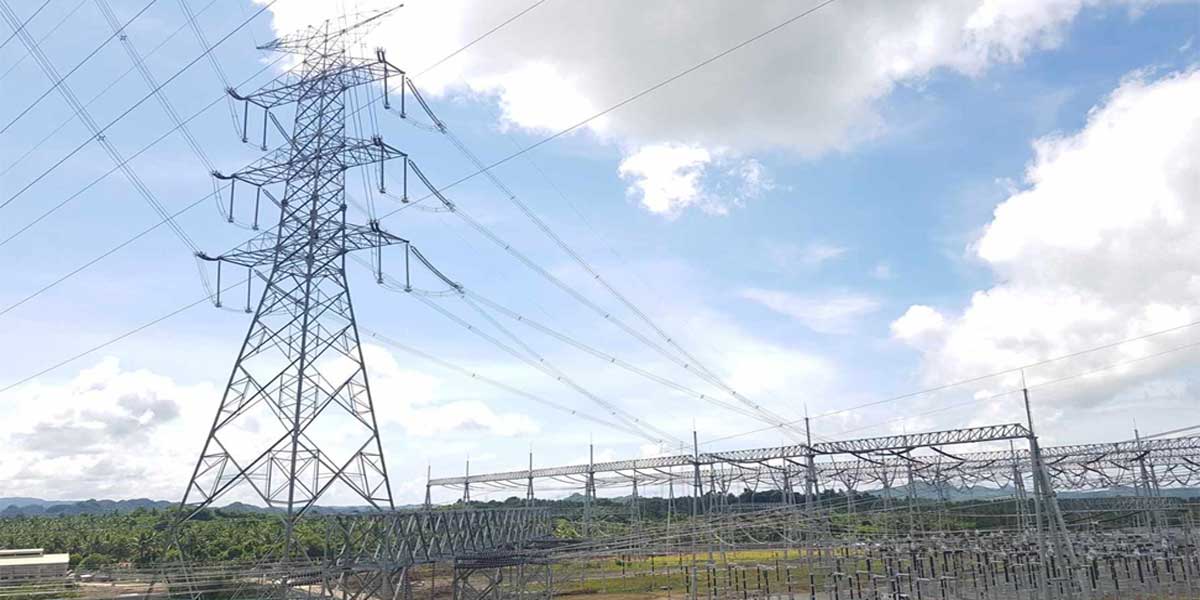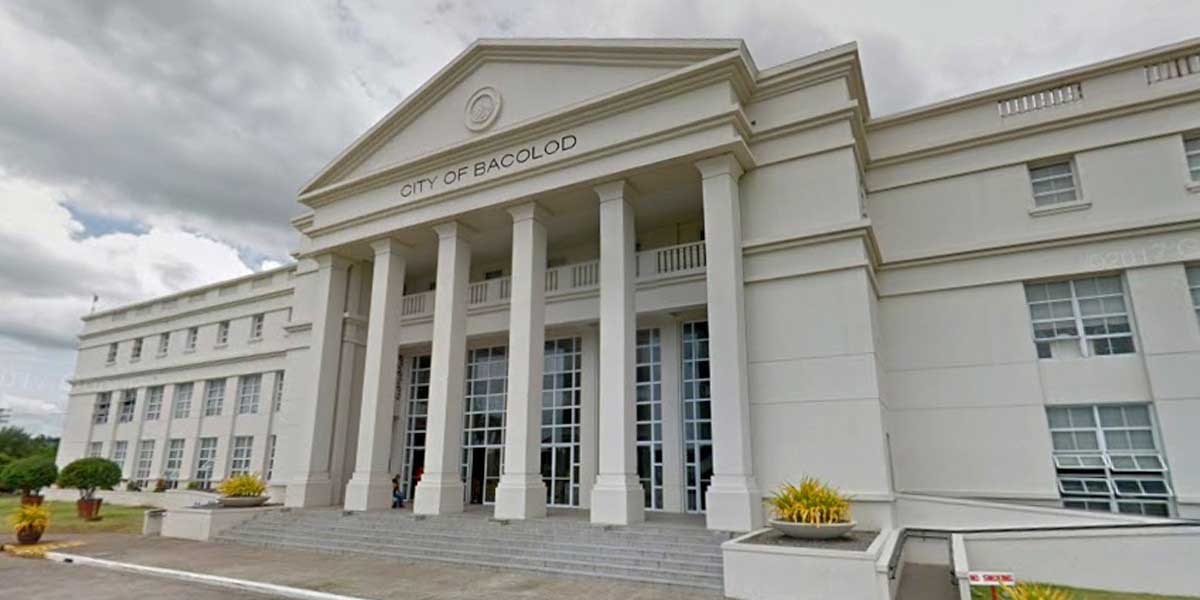The Philippine financial system has remained robust and resilient amid global economic uncertainty, according to the 2024 Financial Stability Report released by the Financial Stability Coordination Council (FSCC) on Friday.
The report emphasized that despite ongoing geopolitical tensions, supply chain disruptions, and policy shifts abroad, the country’s financial sector withstood external shocks through solid capital buffers, improving macroeconomic conditions, and sustained investor confidence.
“In a year full of change, the Philippine financial system demonstrated strength, backed by an improved understanding of market dynamics and lessons from the past,” said FSCC Chair and Bangko Sentral ng Pilipinas (BSP) Governor Eli M. Remolona, Jr.
Key factors supporting stability included a decline in inflation, ample international reserves, and a well-capitalized banking system. As of September 2024, total bank assets reached PHP26.7 trillion, with the banking sector’s capital adequacy ratio at 16.4% and liquidity coverage ratio at 185.8%, both exceeding regulatory thresholds.
The report also highlighted strong domestic participation in financial markets, with no signs of asset price misalignments. Foreign participation, particularly in the bond market, increased to 4.1% from 2.1% in 2023, reflecting sustained investor interest.
However, the FSCC warned of emerging vulnerabilities, including high corporate leverage, a maturity wall of debt obligations due in 2024–2025, and an uptick in unsecured household loans. Non-performing loan (NPL) coverage among banks declined to 93.3% in September 2024 from 103.7% a year earlier, raising concerns about loan quality amid elevated interest rates and inflation.
“The resilience of our financial system must be matched with vigilance,” Governor Remolona said. “In an interconnected market, individual decisions can create ripple effects. Systemic risk management is a collective effort.”
The FSCC also flagged risks related to non-bank financial institutions (NBFIs), whose growing share in the system now accounts for a quarter of total financial resources. Expanded lending by real estate and trust entities may expose the system to liquidity and valuation risks due to interconnected asset holdings with banks.
To address these challenges, the FSCC proposed strategic reforms, including:
- Deepening the bond market by easing issuance requirements for small- and mid-sized firms.
- Enhancing data collection and reporting frameworks, especially for NBFIs.
- Implementing macroprudential tools such as the countercyclical capital buffer (CCyB), guided by indicators like credit-to-GDP gaps and loan-to-value ratios.
The FSCC also acknowledged climate-related risks and technological threats such as cyberattacks and algorithmic errors in financial technologies. The enactment of the Anti-Financial Account Scamming Act and the BSP’s Cyber Resilience Plan 2024–2029 are seen as vital safeguards.
Despite potential global headwinds—including trade fragmentation, rising U.S. interest rates, and OFW remittance vulnerabilities—the report concluded that the Philippine financial system is “resilient but not immune,” and called for proactive risk monitoring and policy alignment.
“The 2024 Financial Stability Report is both a risk map and a growth guide,” Remolona said. “It highlights not just challenges but opportunities for inclusive and sustainable economic expansion.”
The FSCC includes the BSP, Department of Finance, Insurance Commission, Philippine Deposit Insurance Corporation, and Securities and Exchange Commission. Its annual report evaluates the country’s financial stability and systemic risk outlook.





















